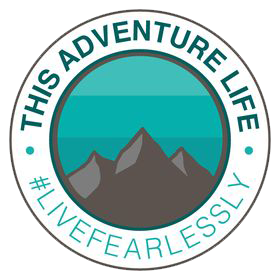Tom is a 22-year old underwater photographer and Dive Master working on the Great Barrier Reef in Australia. He has a love for the ocean which drives his passion to capture moments and photographs of the underwater world.
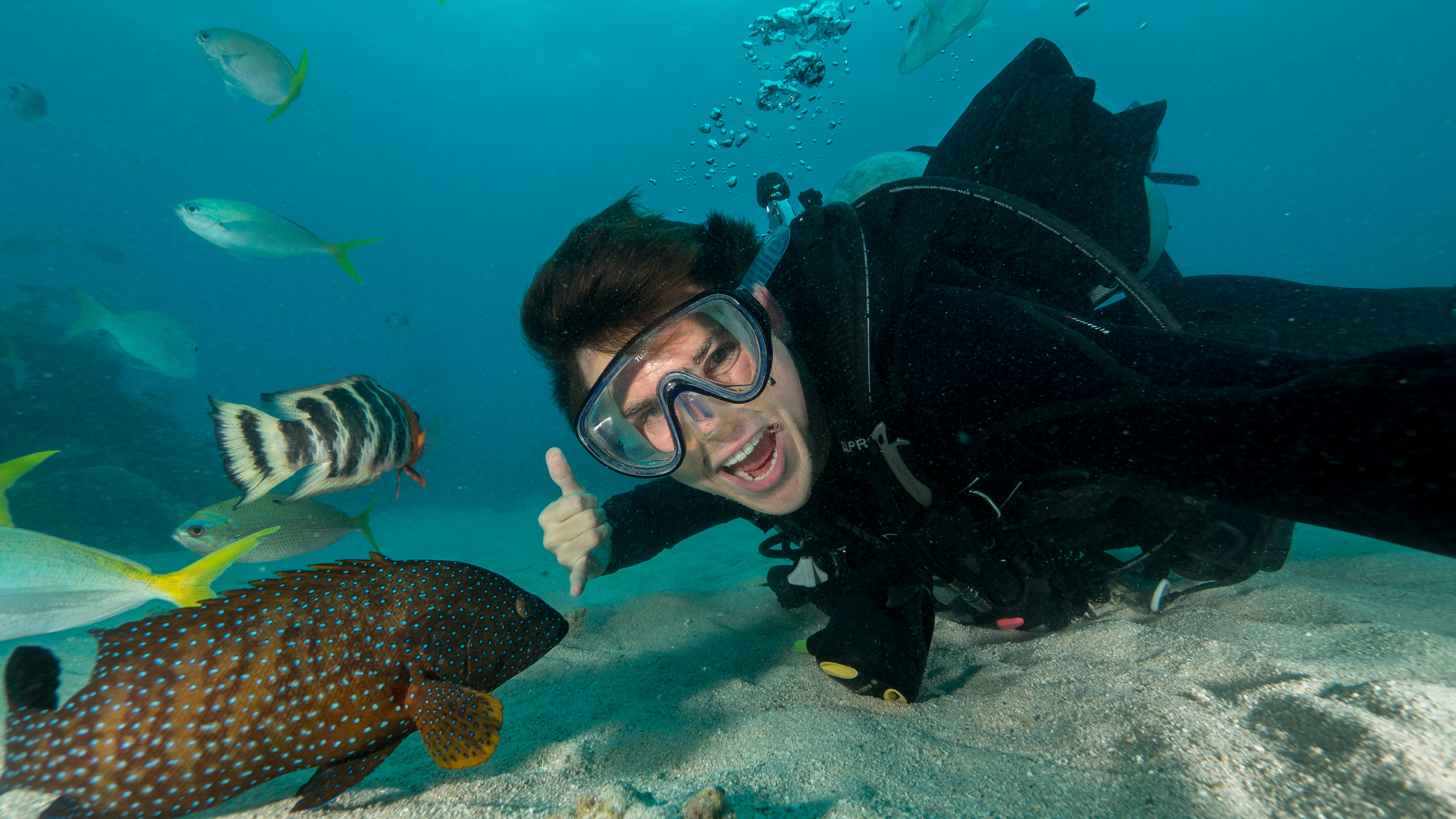
How did you become involved in diving and underwater photography, and how has it made a positive impact on your life?
At age 14 on a family holiday to the Whitsundays i went diving for the first time. I was hooked almost immediately, and the following year my whole family returned to the Great Barrier Reef to get our Open Water Certificate. Having grown up in Sydney, spending more time in the ocean on a surfboard than on land, scuba diving seemed natural, yet it showed me a very different perspective of the ocean. Throughout my teenage years i continued my training and finally got my PADI Dive Master certification which now allows me to work as a Dive Professional. The photography part came far easier. I simply wanted to show my friends and family what was under the surface. Scuba diving and underwater photography has drastically altered my life, its an addiction that has changed my attitude to this world. I have since started working as an underwater photographer and the experience has been incredible.
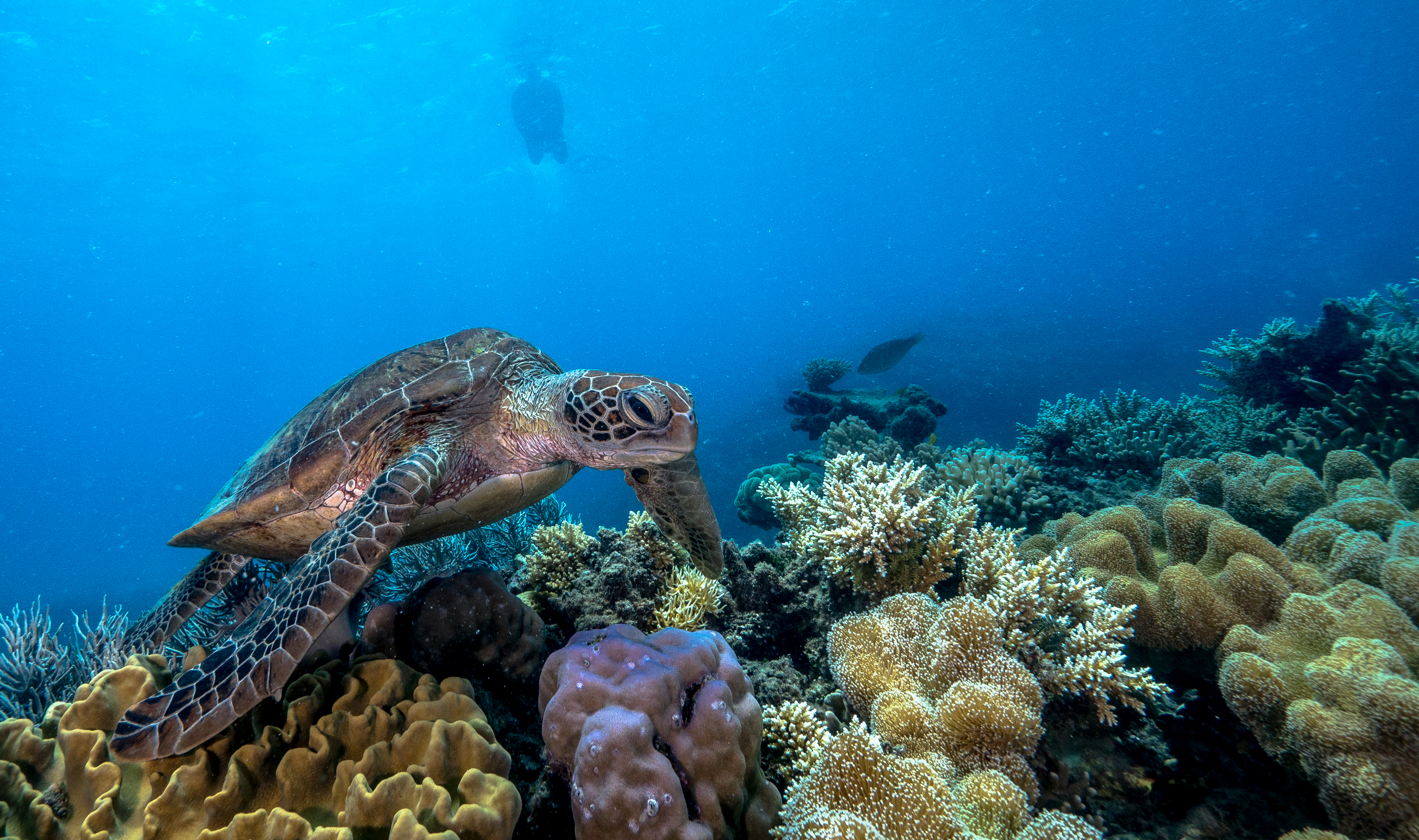
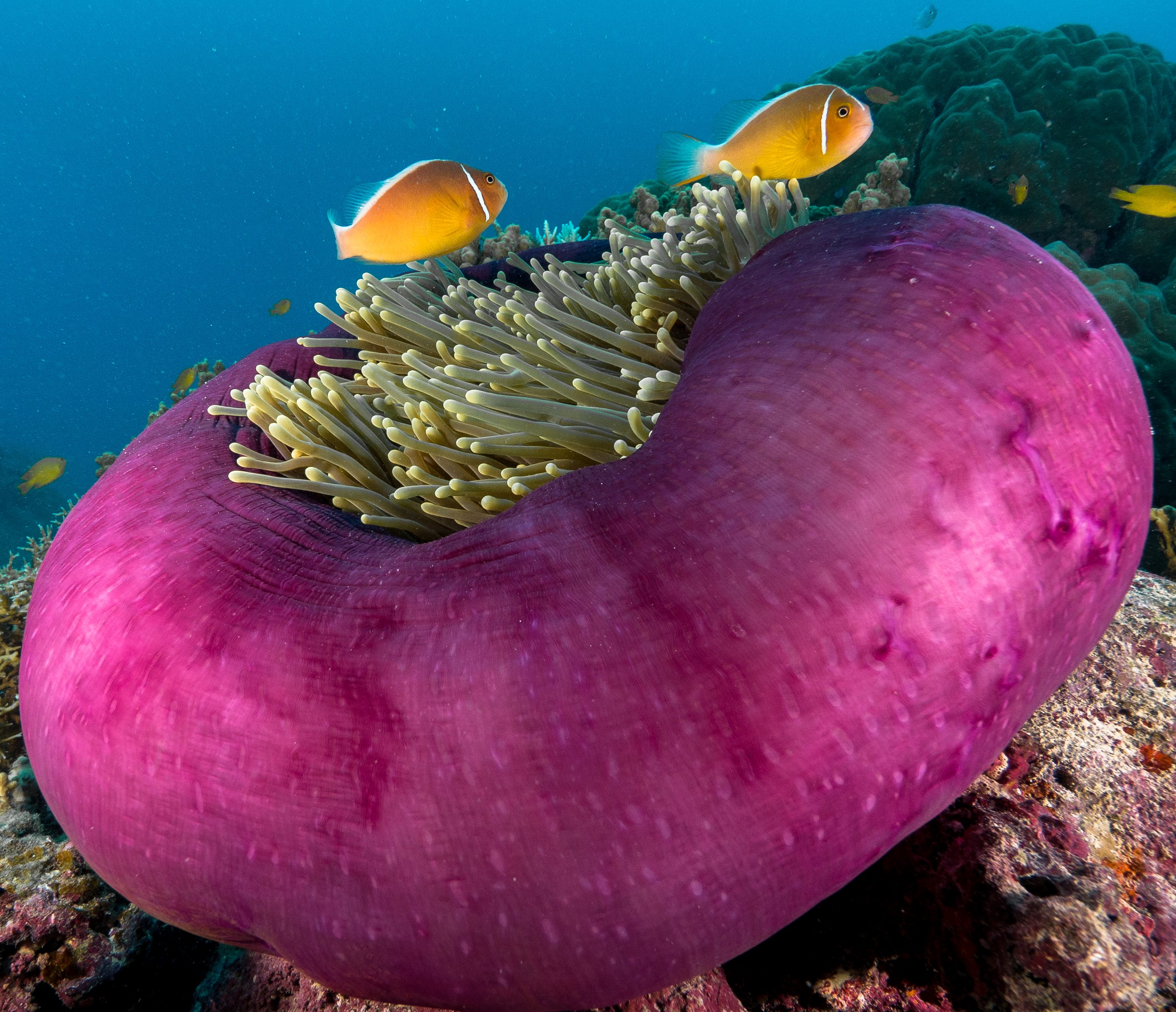
Where are some of your favorite diving spots?
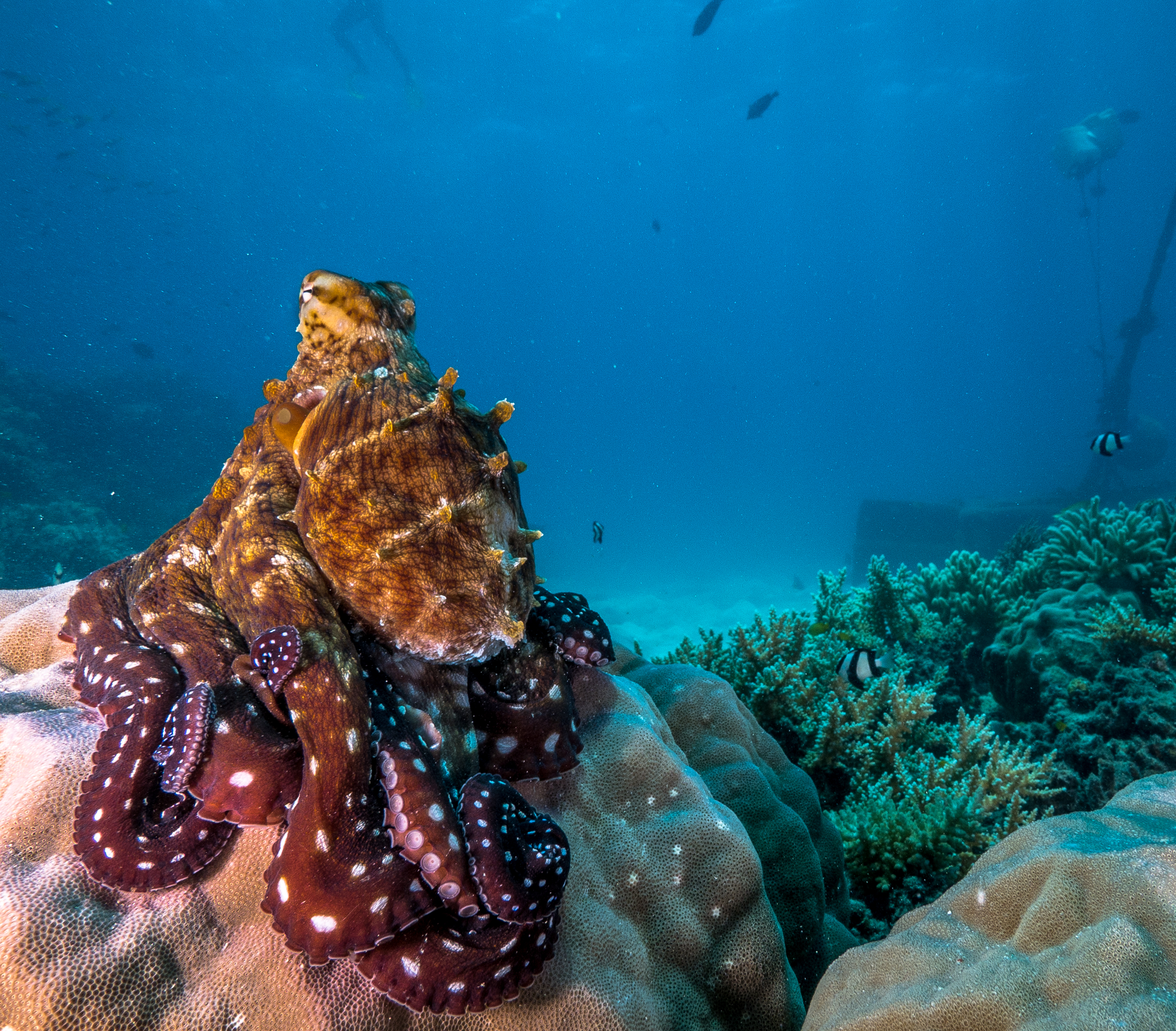
What is a typical day like as a Dive Master?
My typical day as a Dive Master usually begins before the sunrises. The best times of day to dive are sunrise and sunset, and as a result we need to be up, awake and ready well before to gear up and get in the water. Living on an overnight boat my day consists of a 5.30am wake up, 4 dives a day, photographing and filming first time introductory divers, open water students, or guiding and filming certified divers. Scattered between these dives are hours of editing footage, filling up scuba tanks, and briefing divers on new dive sites and attractions under the sea. The day usually ends at 8pm after the final dive of the day, the night dive (which in my opinion is by far the most interesting and different!).
Rinse and Repeat, more time is spent underwater above it!
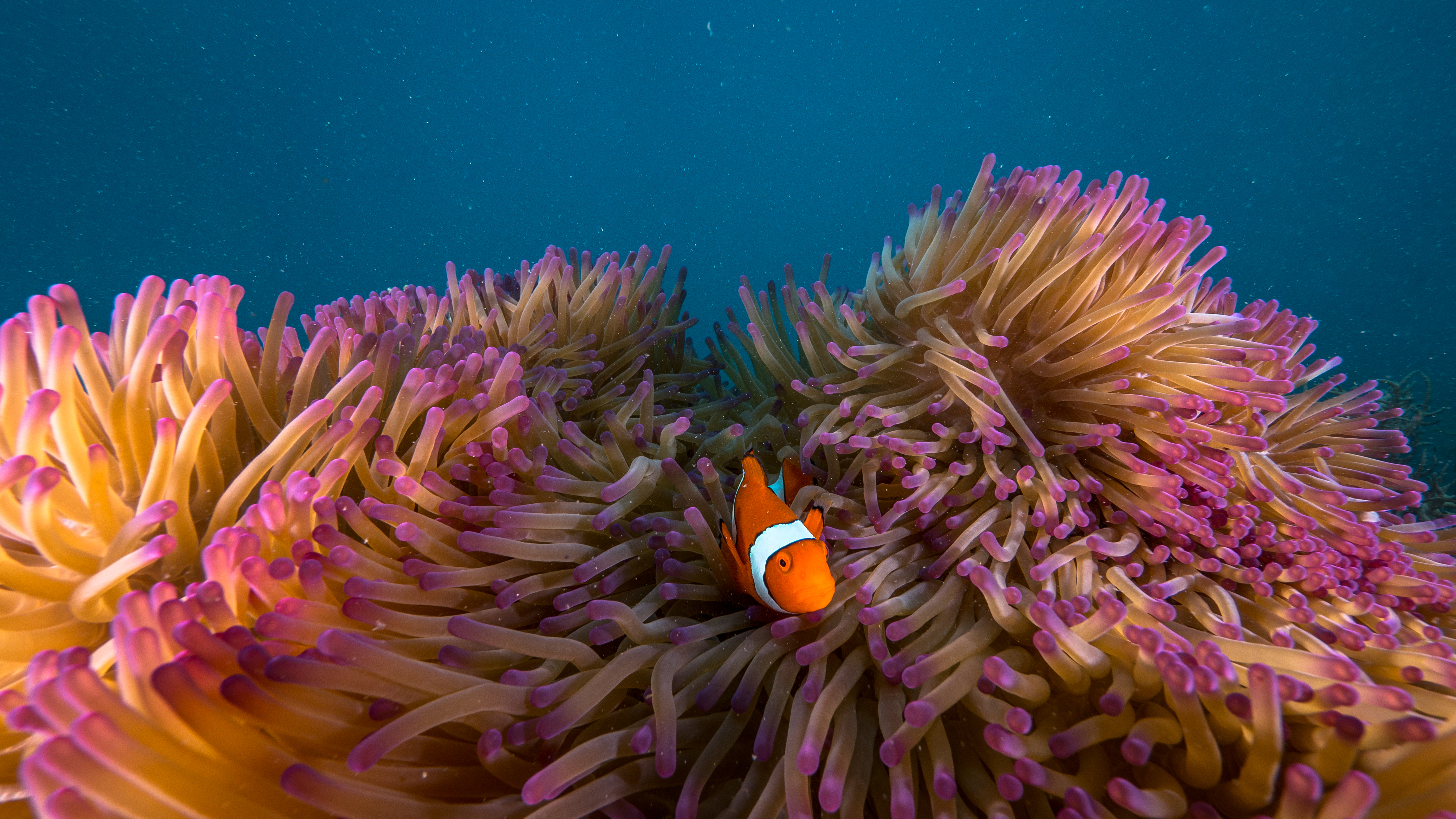
We just love your vibrant and lively photos of underwater wildlife. What are your goals in capturing and sharing your underwater photography?
My goals in underwater photography have always been to show people what is under the surface, to entice people to give diving a chance and to explore the ocean. Im not only aiming to capture the perfect image, but to capture moments of joy and fun. Sharing those moments of fun are I’m many ways more likely to entice someone to give diving a chance than merely sharing those cinematic moments.
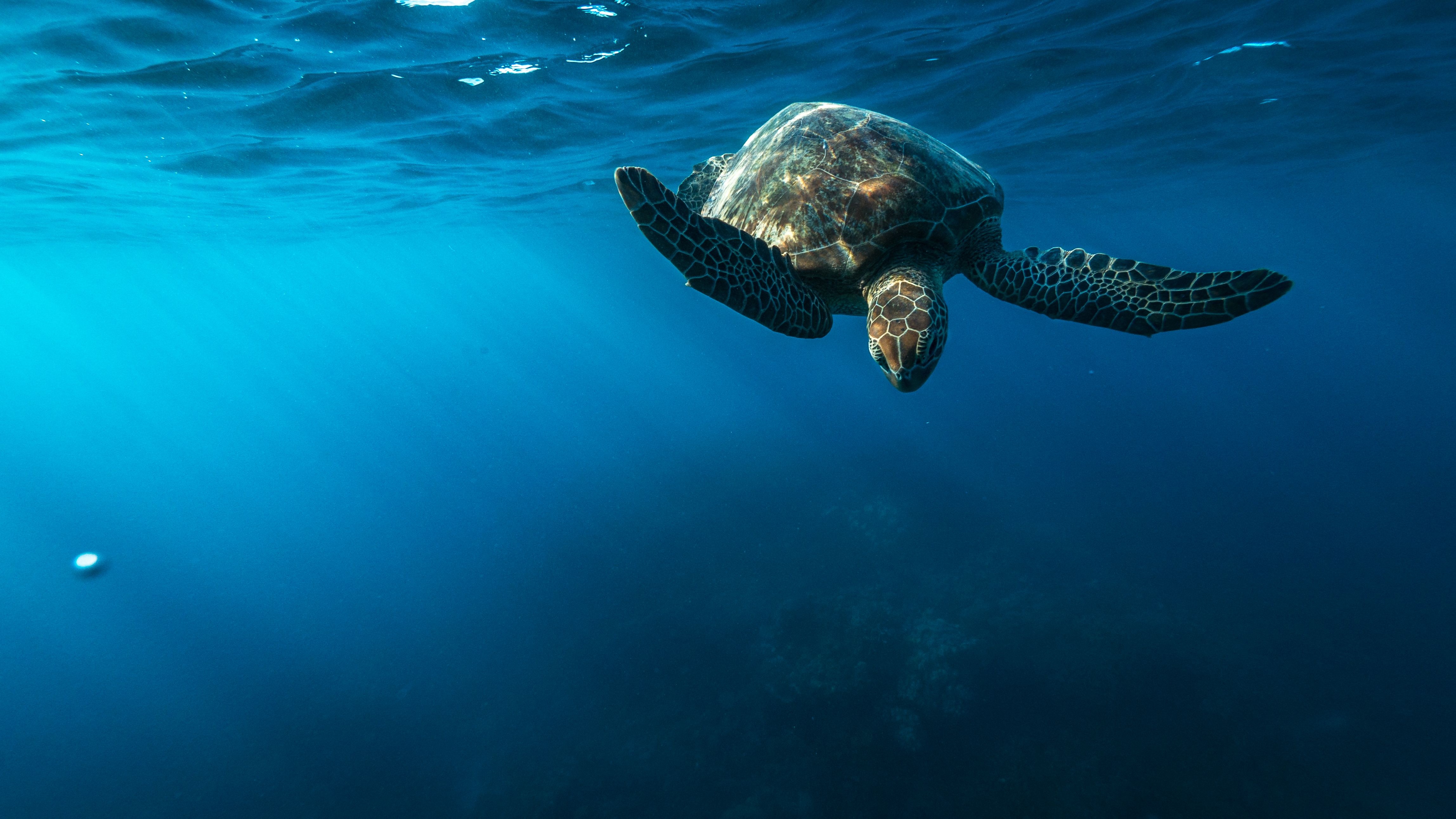

What kind of gear do you use, and how do you try to capture the perfect shot?
The gear used for underwater photography is excessive. To start with you need a full set of scuba diving gear. Then theres the camera. For me this consists of a mirrorless Panasonic GX7 with a 7 – 14mm wide angle lens. For underwater photography you really need either a wide angle lens or a macro lens, anything in-between really does not produce results. This is largely due to lighting issues, which is why i use 2 large strobe lights that i attach to my camera, which produce light replicating that of natural sunlight, as underwater sunlight is vastly less than on the surface. I waterproof my camera in a Nauticam underwater housing.
To capture the perfect shot my technique is to try and get my subject to trust me. This is by far the most challenging part of underwater photography, getting close to you subject. Rushing in close to an animal is only going to frighten it. You must build trust with your subject, approach it slowly and in some instances remain at a distance and wait for the animal to approach you. This not only allows you to get close to your subject, but it usually allows for long lasting interactions with these animals. It is these moments that allow for the perfect shot (if ever there was such a thing!)
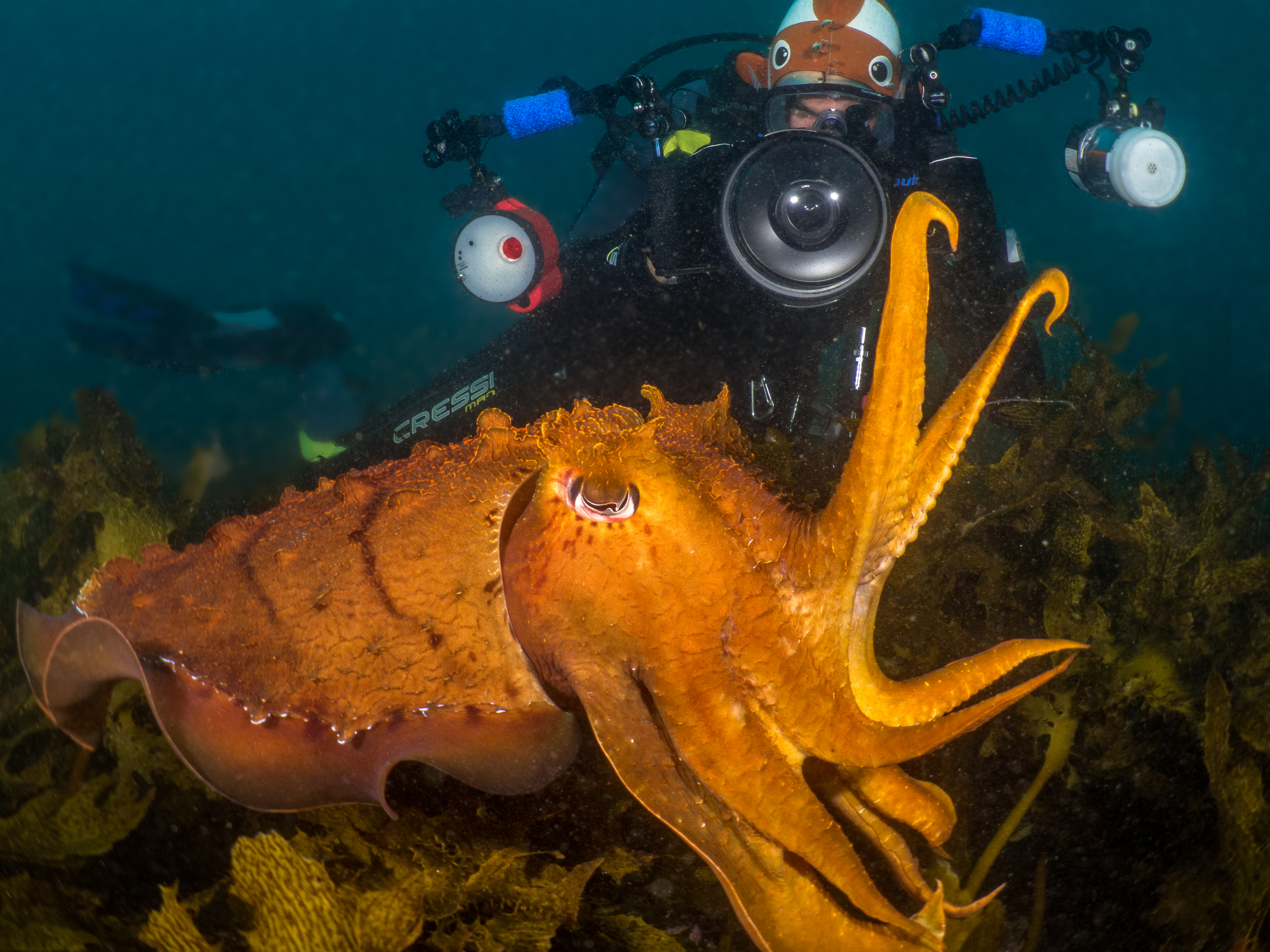
What are some of your favorite marine animals to capture, and why?
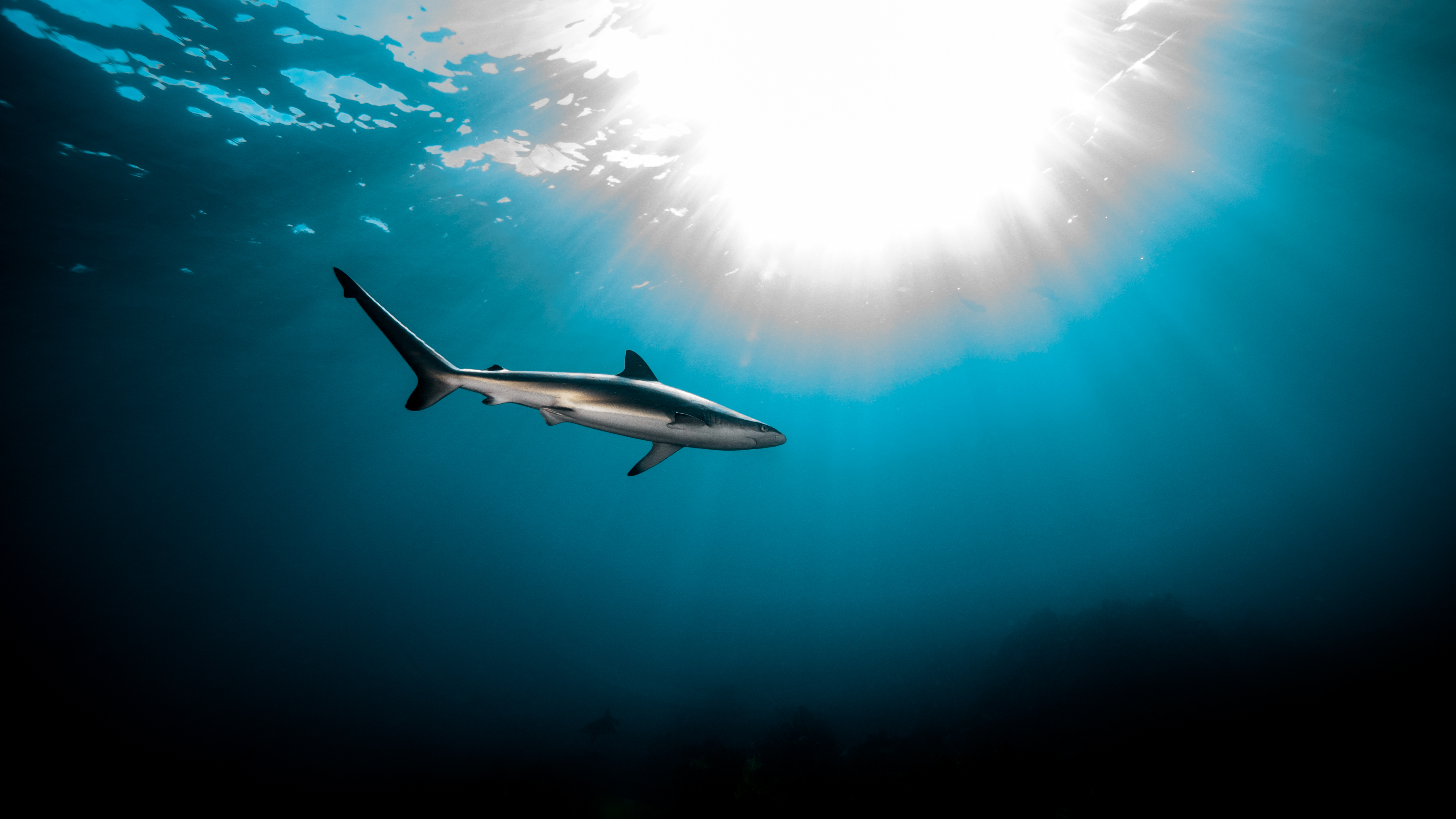
What are some of your most memorable encounters and dives?
My most memorable moment diving was hand feeding a turtle jellyfish. This encounter extended for around 20 minutes, and this turtle would not leave me alone. After a couple of minutes I began finding Moon Jellies in the water (a natural food source for turtles) and started to hand feed these jellyfish to the turtle. Over this period of time this immense sense of mutual trust was established and for this reason it is my most memorable encounter. My most memorable dive was easily a Shark Feed at North Horn on Osprey Reef. Hundreds of sharks balling in a feeding frenzy only meters in front of you, that is something you will never forget.
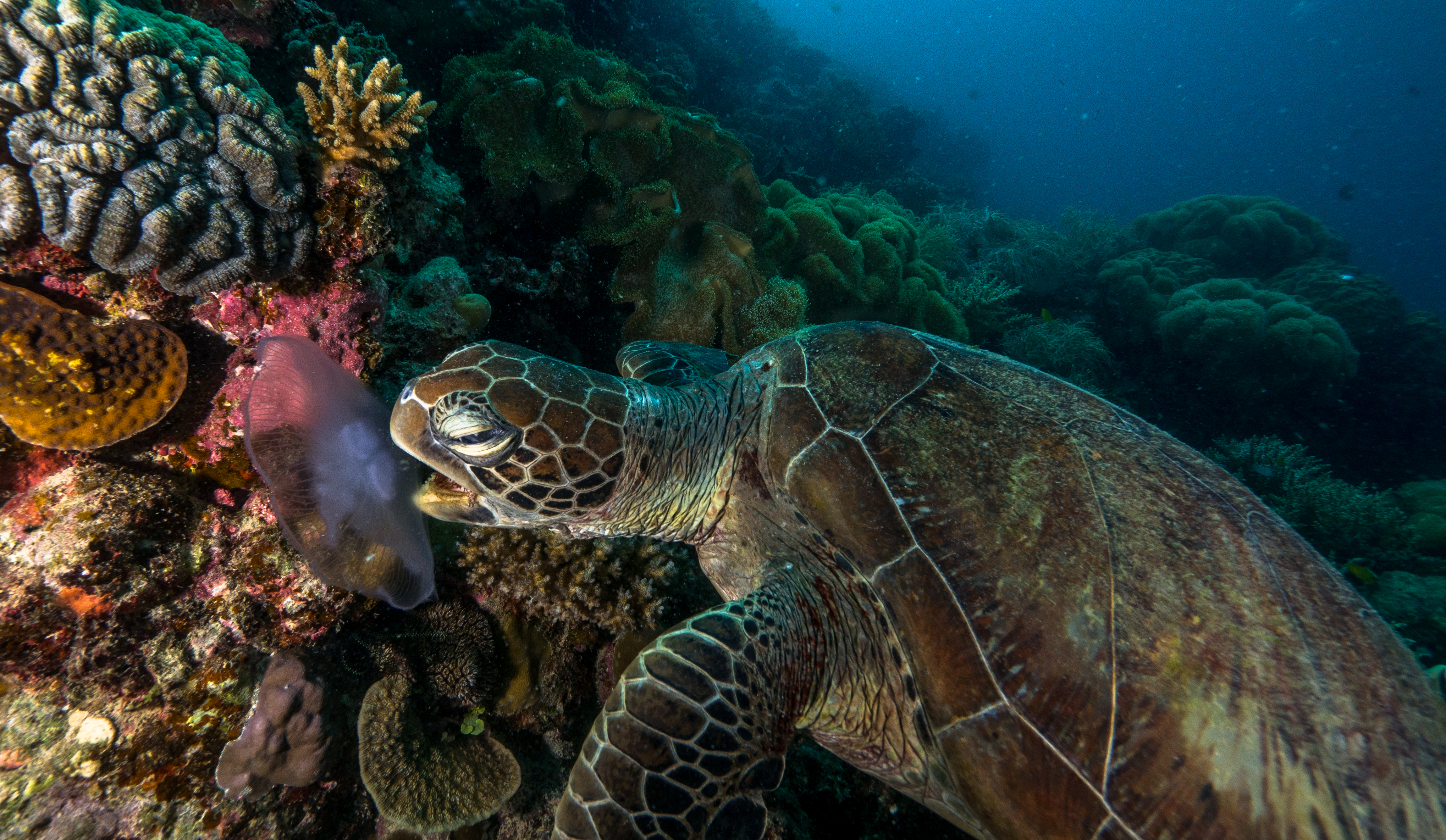
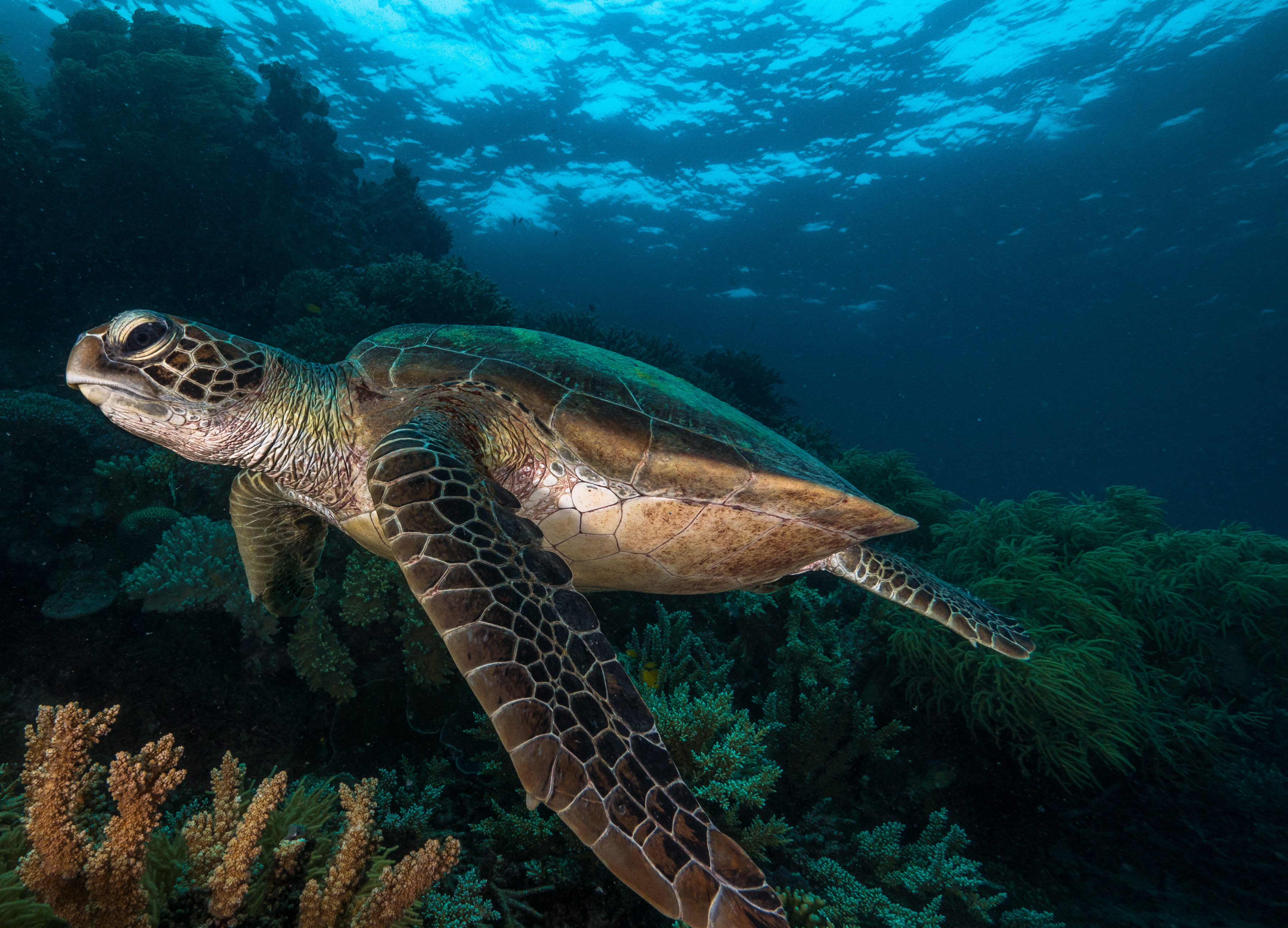
Where are some of your “bucket list” dive locations?
Most divers in the industry have an extensive list of places to dive before they die, so ill shorten mine!
– Diving under the ice in Antartica with Narwals, Orcas, Beluga Whales
– Diving with Whale Sharks in Western Australia
– French Polynesia, Tahiti
– Diving with Thresher Sharks in the Red Sea, Egypt
– Diving with Iguanas, and Hammerhead Sharks in the Galapagos
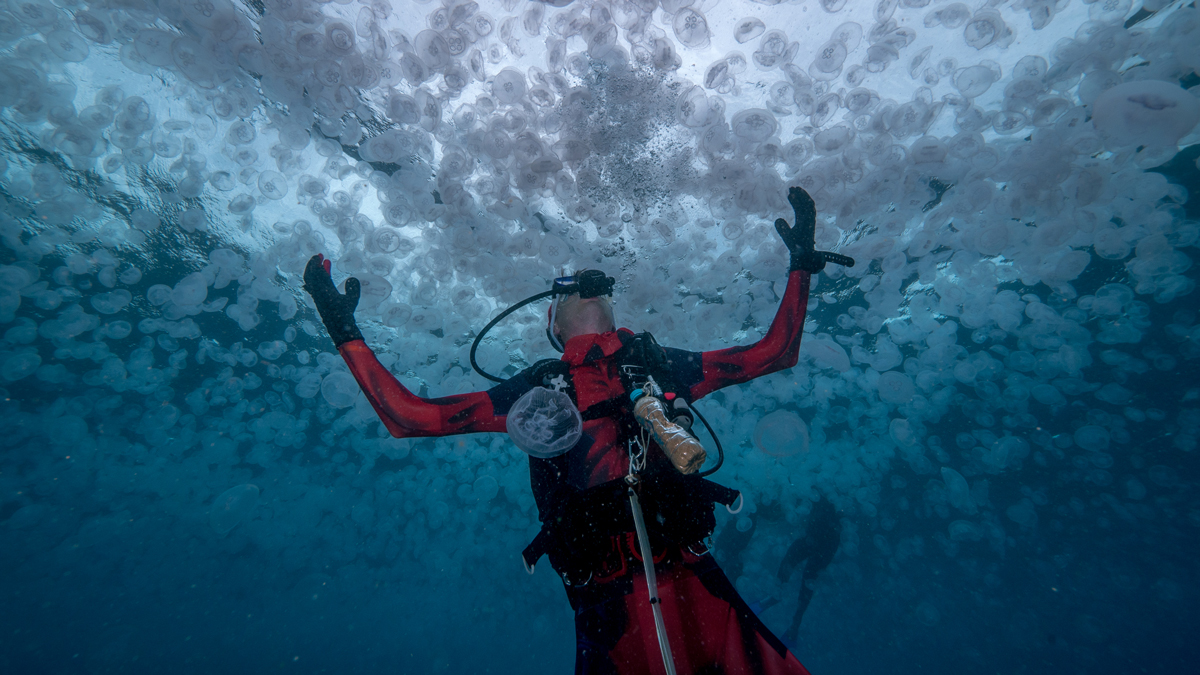
I look up to Daniel Botelho. He Photographs Great White Sharks for Walt Disney and his images are incredible. Again he dives with these animals without a cage, and aims to get close to these animals by establishing a sense of trust. To scuba dive without a cage with Great White Sharks is something that takes immense skill and trust in these predators.
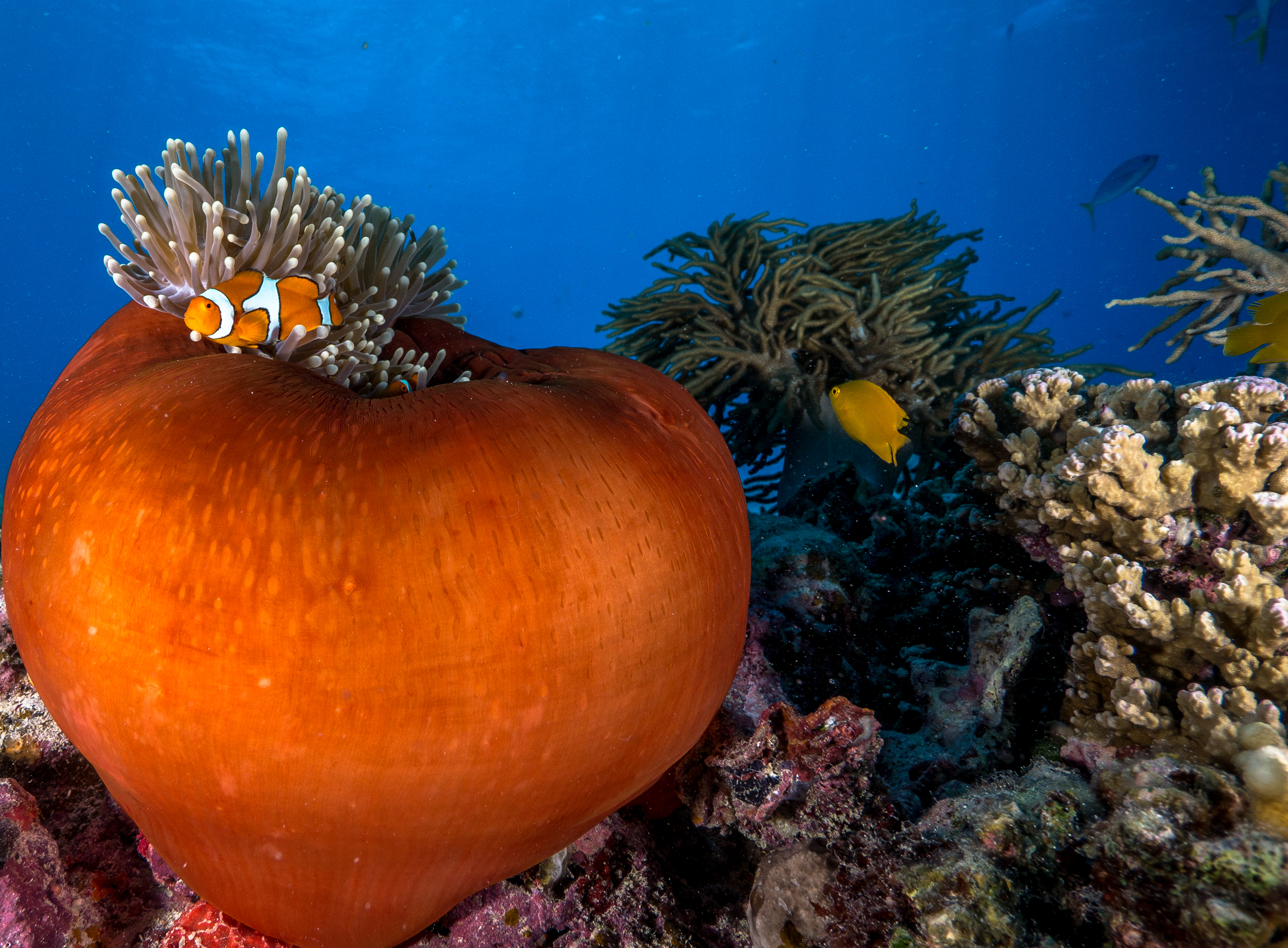
We at This Adventure Life want to inspire our readers to get outside and live a life of adventure, exploration and pursuing their passions. What would your advice be for someone who wants to live fearlessly and pursue their wildest dreams?
Have faith in yourself and have faith in others. Even with limited training, if you have faith that you can do something you will be able to do it. Three days ago, myself and a friend of mine took 2 people for their first ever scuba dive. These two girls cannot swim, they have never seen the ocean before, and they have never been in a swimming pool, and we took them scuba diving. The most impressive thing was that they trusted themselves and didn’t fear the ocean, they absolutely nailed it! They were by far some of the best first time divers we’ve taken simply because they trusted themselves, and they trusted us. The first time the ever saw the ocean, and been in water and they were 12 meters under it diving on the Great Barrier Reef. Trust yourself and you can do it.
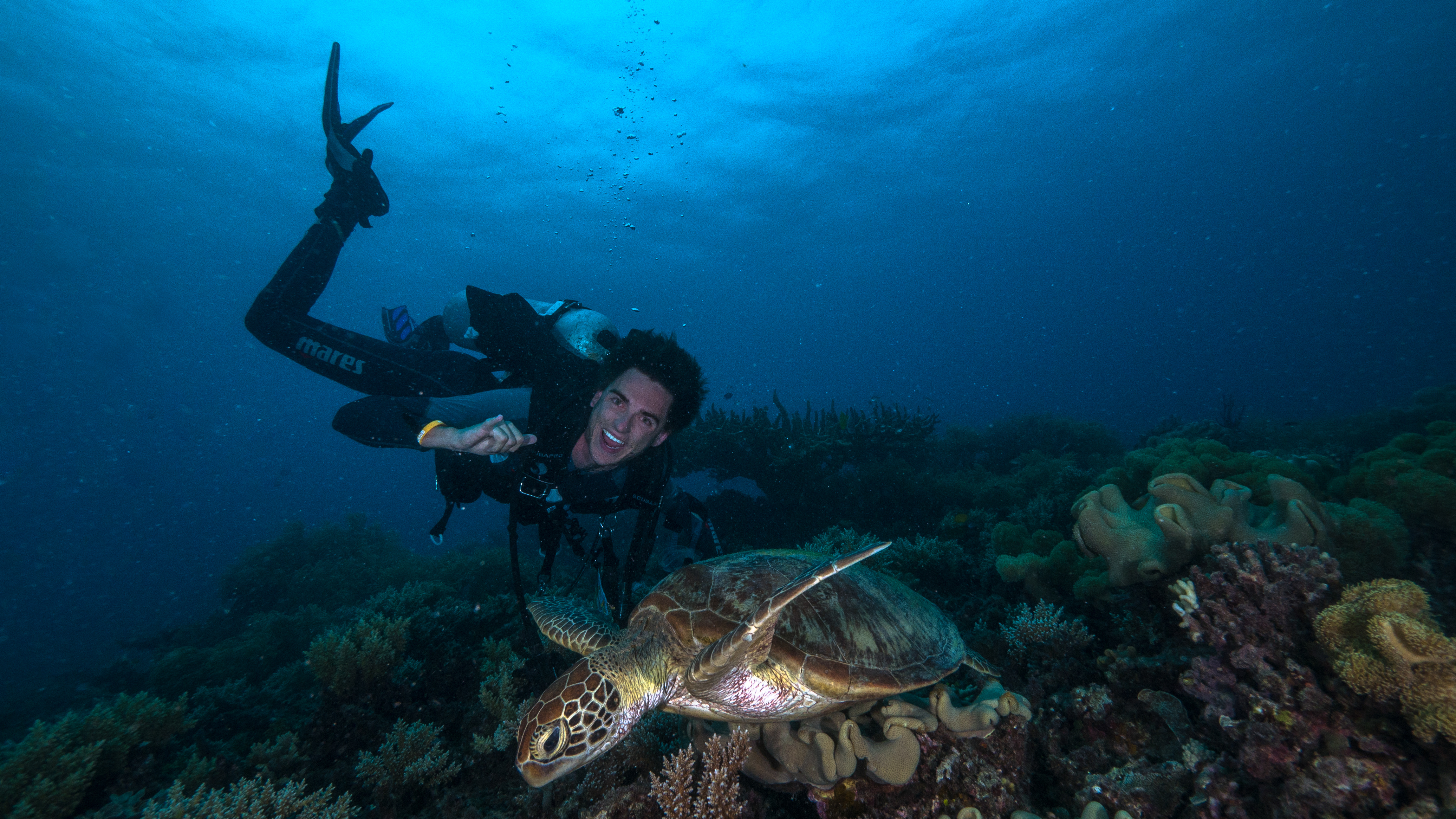
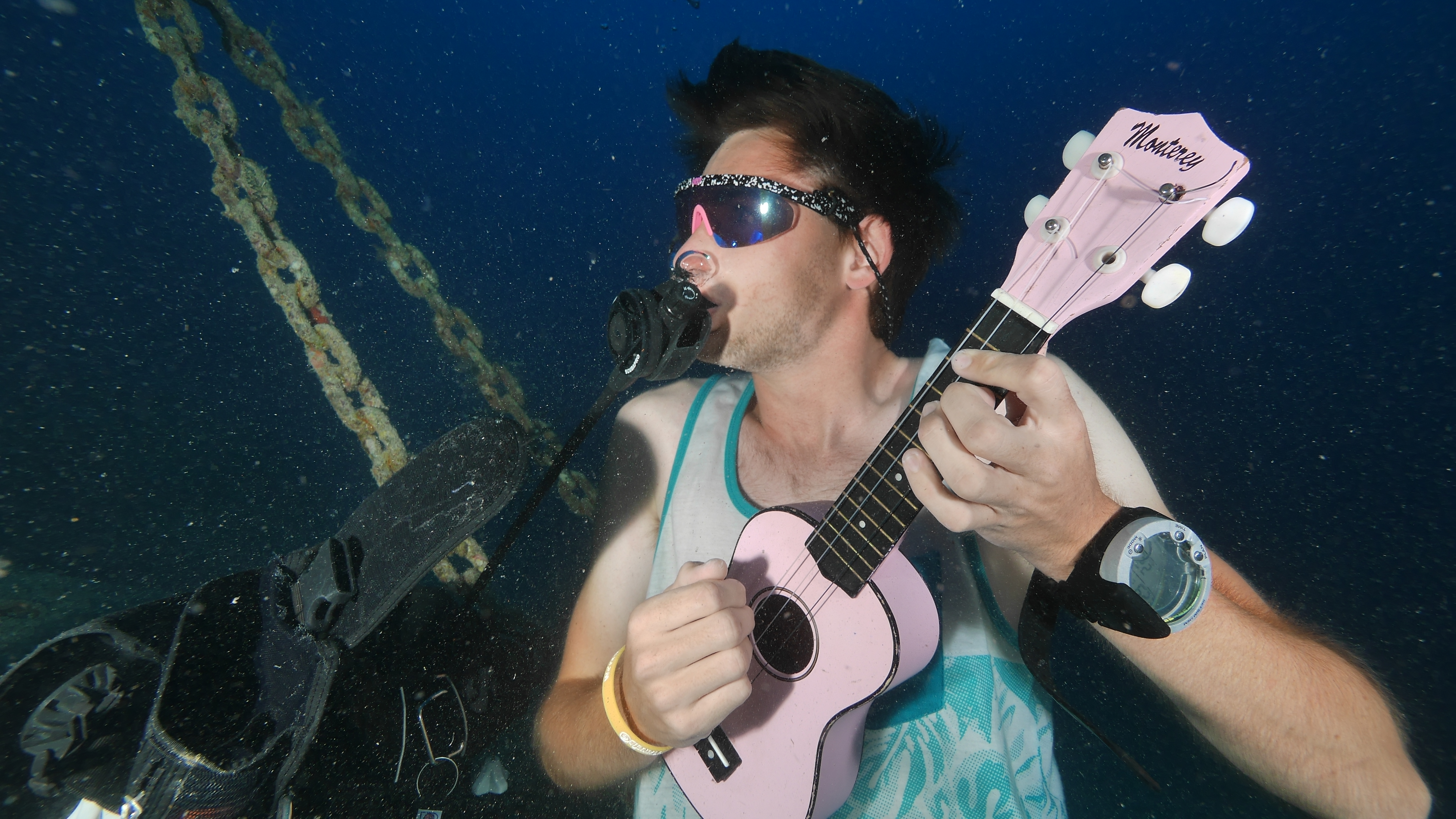
Where is your next big adventure?
My next big adventure is Diving without a cage with Tiger Sharks and Great Hammerhead Sharks in the Bahamas, and the Bimini Islands. This is sure to be a crazy experience and a new step for me! I’ve never dove with an apex predator outside of a cage, so this is sure to be incredible and filled with ridiculous encounters. I will be sure to document the experience!
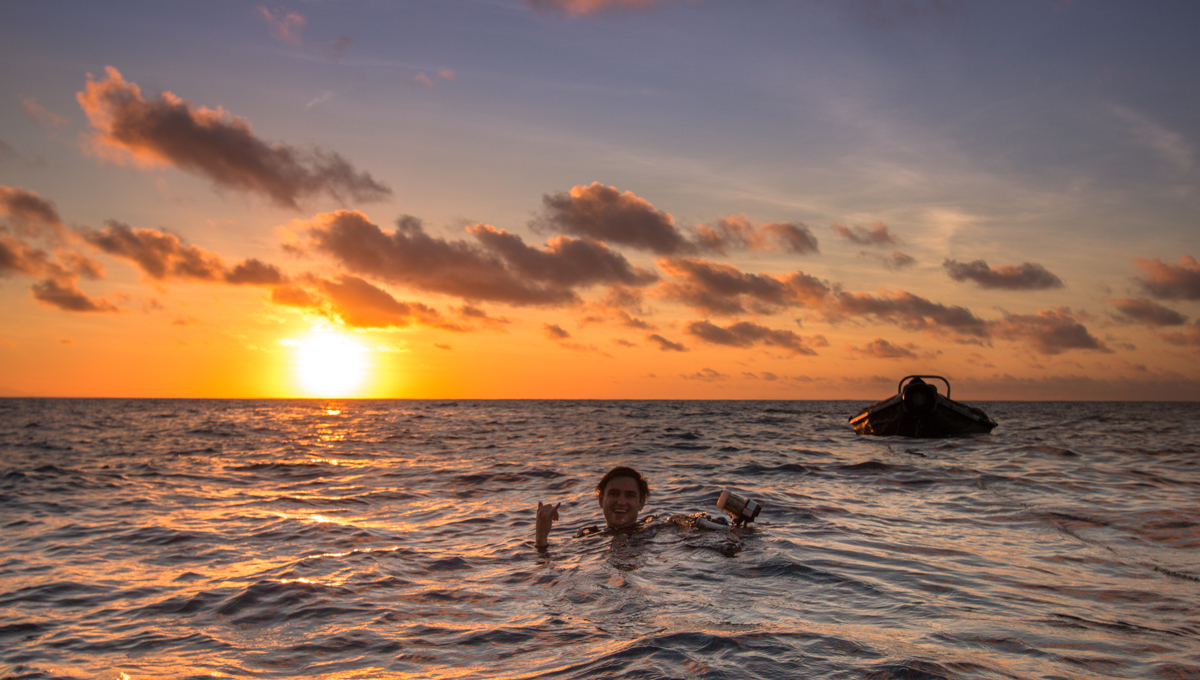
Watch his vlog: Travel With Tom
Follow him on Instagram: @tomsunderwaterphotography
At This Adventure Life we celebrate the lives and stories of the people who live life fearlessly. #livefearlessly
